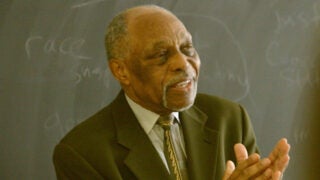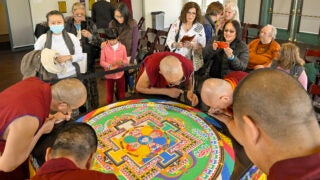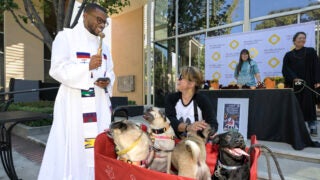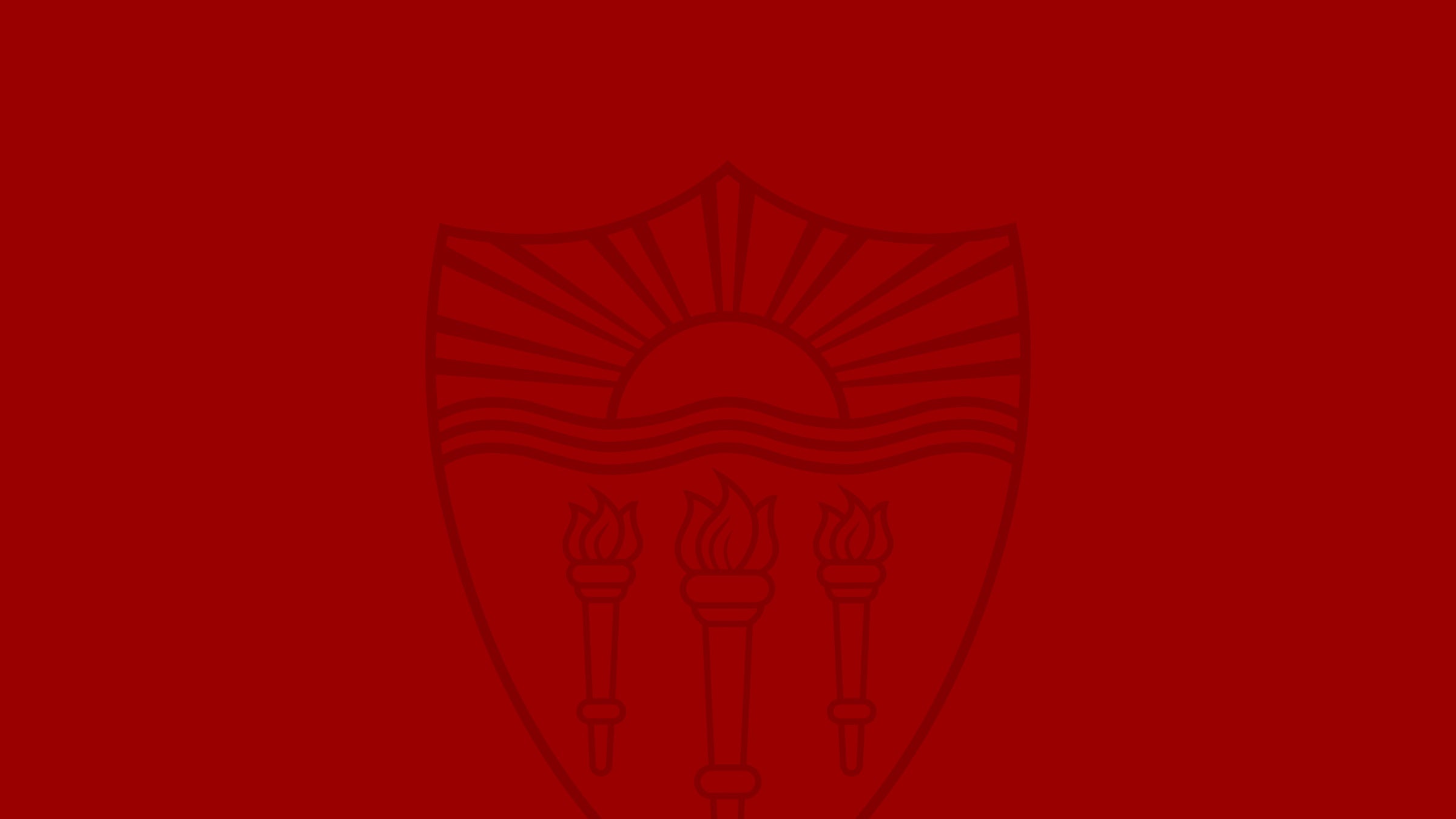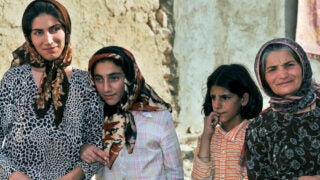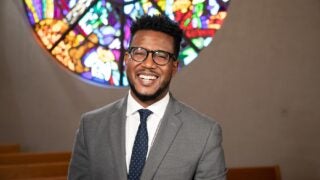The community leader joined the university after 27 years at the helm of the First African Methodist Episcopal Church of Los Angeles.
Religion
News Listing
Representatives from 135 institutions take part in the Association for Chaplaincy and Spiritual Life in Higher Education conference held at USC.
Monks visiting the Pasadena museum create a striking piece — and in a flash, it’s gone. See the photos.
Multifaith ceremony celebrates the blessings that animals have brought into Trojans’ lives.
Some of the subjects profiled in the exhibit shared inspiring stories during a celebratory event at Wallis Annenberg Hall.
Students, alumni and local residents gather for the first of weekly services geared toward building connections.
Dive into the rich cultural history, myths and religious traditions surrounding this popular holiday.
One hundred years ago, the excavation of King Tut’s tomb brought us a mummy with a “pharaoh’s curse.” Our fascination with mummies goes back much farther, however. USC Dornsife scholars explain why we’re still so wrapped up in these eerie remains.
Controversy of veils goes back more than a century. A USC Dornsife scholar of Iran explains the history and circumstances behind the recent protests.
The Rev. Brandon Harris is eager to help USC students find connection, meaning and belonging. He starts in his new role on Monday.

